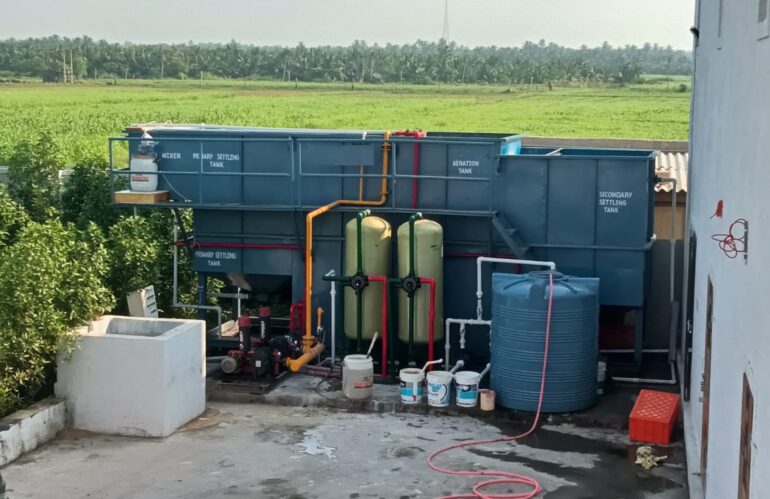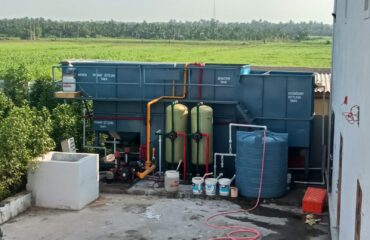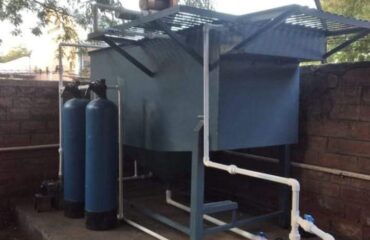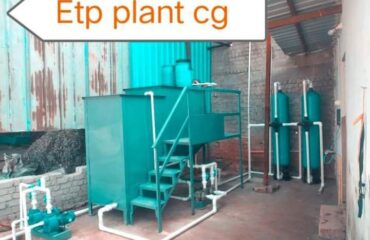Introduction
The implementation of a Sewage Treatment Plant (STP) tailored for hospitals in Satna is pivotal in promoting sustainable healthcare practices. This article explores the importance of STPs in hospital settings, their benefits, and the positive impact on environmental and public health.
Challenges in Hospital Wastewater Management
Hospitals generate significant volumes of wastewater containing various contaminants such as pathogens, chemicals, and organic substances. Proper management of this wastewater is crucial to prevent pollution and protect public health.
Significance of STPs for Hospitals
The installation of an STP designed specifically for hospitals in Satna offers several key advantages:
- Pathogen Elimination: STPs remove harmful pathogens from hospital wastewater, reducing the risk of waterborne diseases.
- Chemical and Organic Treatment: The plant addresses chemicals and organic matter, minimizing water pollution and supporting environmental sustainability.
- Resource Utilization: Treated water can be reused for non-potable purposes, conserving freshwater resources.
Components of an STP for Hospitals
A comprehensive STP for hospitals typically includes the following components:
- Preliminary Treatment: Removes large solids and debris from wastewater.
- Biological Treatment: Utilizes biological processes to break down organic matter and remove pathogens.
- Advanced Treatment: Incorporates advanced filtration or disinfection methods for further purification.
Advantages of STP Implementation
The implementation of an STP in hospitals in Satna offers numerous benefits:
- Health and Safety: Ensures hygienic conditions within hospital premises by effectively treating wastewater.
- Compliance: Helps hospitals meet wastewater discharge standards and environmental regulations.
- Sustainability: Supports sustainable water management practices and promotes environmental stewardship.
Overcoming Operational Challenges
Efficient management practices, regular maintenance, and the adoption of sustainable technologies are crucial to overcoming operational challenges such as maintenance costs and regulatory compliance.
Conclusion
The establishment of a Sewage Treatment Plant tailored for hospitals in Satna plays a vital role in advancing sustainable healthcare practices, safeguarding public health, and fulfilling environmental responsibilities. By treating wastewater efficiently, STPs contribute significantly to a cleaner environment and sustainable healthcare infrastructure in Satna.




